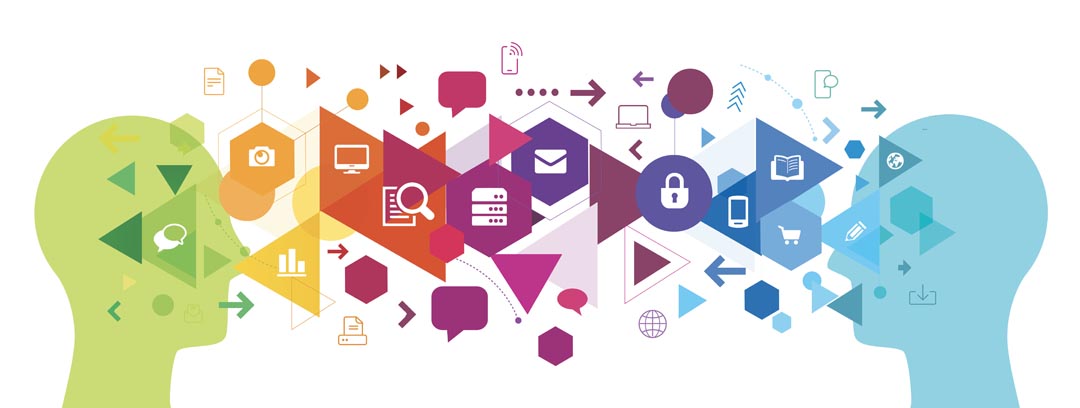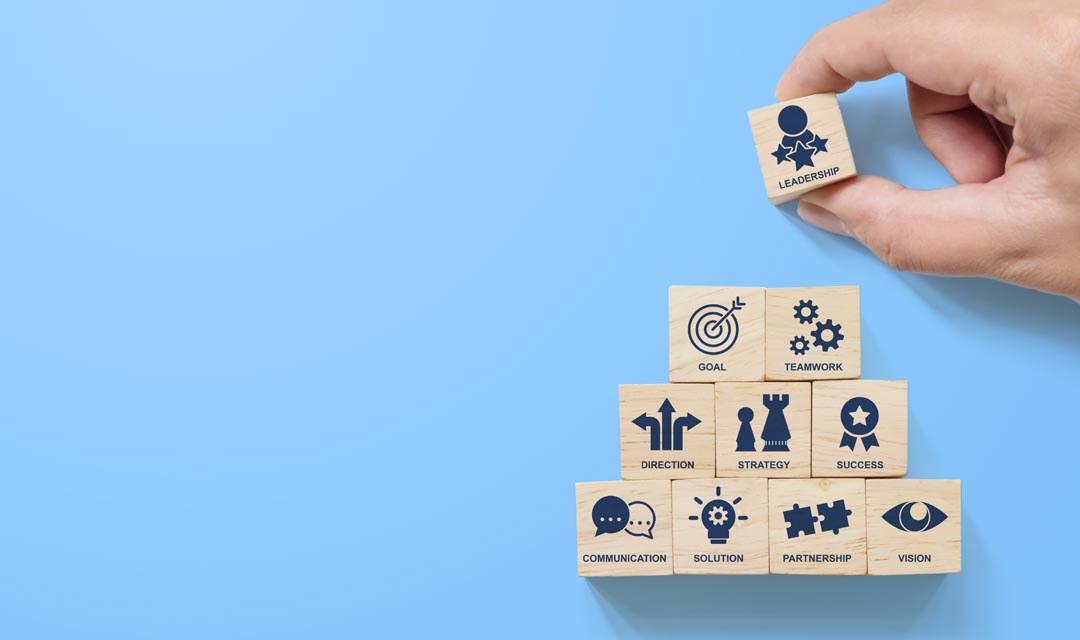Paul Matthews shares his considerable experience about ensuring that people really do get the most out of their learning experiences
It would be a rare learning and development professional who doesn’t aspire to creating positive impact within their organisation. This article is not for them.
Seldom does such a change journey take just one step
Everyone else, one assumes, wants to make a difference. They seek to make their work meaningful. They yearn for change to occur as a direct result of their activities, and for that change to benefit the recipients of the L&D initiative, their colleagues, the organisation, and the customers or beneficiaries of whatever the organisation contributes to the world.
So, how do you drive impact from learning initiatives?
Getting clear on the goal
Start with the end in mind. The first step is to gain clarity on what that impact will look like when achieved. What will the different stakeholders see, hear, or feel when the initiative is successful, and conversely, what would they notice if it is not successful or only partially successful?
Clarity about the desired impact and how it will manifest in practice establishes a destination. It also establishes a reasonable suite of measures to use for assessing progress and success of the initiative.
The next step is using those same measures to assess the current state of play. With a destination described and the current ‘location’ detailed, it is possible to assess the gap between current and desired states. This is the gap that people need to bridge to reach the desired destination and produce the intended impact.
Given the gap and the impending journey, what steps do people need to take to start, continue, reach the destination, and go beyond? Seldom does such a change journey take just one step. There will be many steps, spread over time.
The learning transfer journey
Imagine a coach, a mentor, and a subject matter expert, all rolled into one. What would that multi-faceted person advise as the sequence of steps that will guide the majority of the target learners from their current position, through the journey, and onward to the destination?
Certainly, some of the steps will involve learning something new. Any change in behaviour necessitates learning or understanding something new. Other steps will be activities like reflecting on experiments with the new knowledge, practicing skills so they become second nature, and further practice to develop a level of automaticity that makes them habitual, and so on. There are numerous activities that could comprise the required sequence to achieve learning transfer, and thus, effective impact.
These steps are the activities the ‘learners’ need to undertake. If they perform the activities, as described and in sequence, they are almost guaranteed to reach their destination. Think of a Satnav – if you follow the turn-by-turn instructions, you will arrive at your destination.
In summary you need the following:
- A known and clearly defined destination
- A known and defined current location
- A set of activities that will facilitate the journey between points 1 and 2
- A method to hold people accountable for undertaking the activities
The learning transfer workflow
In general business parlance, what is described here is called a ‘workflow’ – a defined sequence of activities that accomplishes a desired goal. Workflows are ubiquitous in the work environment, often referred to as standard operating procedures. Whether documented and formalised or not, these procedures are the backbone of most organisations, regardless of its output or whom it serves.
Given this context, creating a procedure or workflow to translate learning into impact seems a logical step. It plays to our strengths, leads to consistency, and can adhere to standards—factors which are vital in certain contexts where specific methods are essential for safety, health, or regulatory compliance.
It becomes clear that some form of digital assistance is necessary, especially as the number of people engaging with the workflow increases. The market offers a plethora of workflow platforms geared towards various applications, each with its unique approach, ensuring a great fit for specific workflow types. Even a project management application can be considered a type of workflow platform.
The learning transfer platform
For managing a learning transfer workflow for more than even a few learners, a Learning Transfer Platform (LTP) is necessary. Robert O. Brinkerhoff, Professor Emeritus at Western Michigan University, in an article in the Chief Learning Officer Magazine, wrote:
“An LTP is a cloud-based software platform that wraps custom-designed interactions and learners’ engagements around and into more traditional employee development workshops and seminars. This creates a learning/performance improvement journey for each participant. The journey process is embedded in the web-supported platform, digitally managed and tracked from start to finish, and accessible from computers or mobile devices. A participant’s first contact with the program is an email or text with a URL link to the platform. Then the platform takes over and drives each individual learner’s engagement, assigning and monitoring tasks and activities over an extended period–from weeks to months to potentially more than a year’s time.”
In the article, which is highly recommended, he defines the differences between an LTP and a Learning Management System (LMS) and how they can work together synergistically for better outcomes in terms of behaviour change and, consequently, learning impact.
The learning workflow platform
An LTP could also be termed a Learning Workflow Platform (LWP), as its purpose is to oversee the workflow that ensures learning success. A robust LTP or LWP includes many features beyond the basics required to establish and deliver the workflow. For instance, it may have features for qualifications and certifications, tracking progress towards desired behaviours, measuring said behaviours, and collecting data for Return on Investment (ROI) calculations, among others.
Utilising an LWP also ensures better programme design for learning transfer. It encourages learning designers to shift from an event-based paradigm to viewing learning transfer as a practical process unfolding over time, leading to a more substantial positive impact–the very topic that initiated this article.
Bridging your learning
Learning transfer is the critical bridge between learning experiences and applied, impactful change within an organisation. It is what turns theory into practice, and investment into innovation and growth. Learning Transfer Platforms (LTPs) or Learning Workflow Platforms (LWPs) play an essential role in this transformative process.
Paul Matthews is CEO of People Alchemy and author of the learning transfer resource




